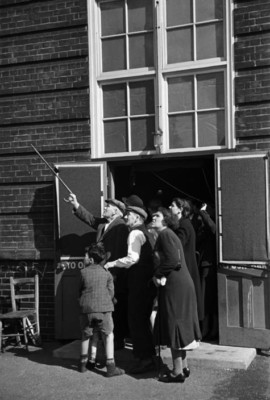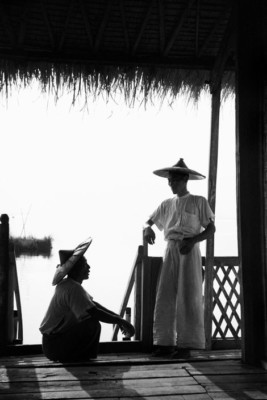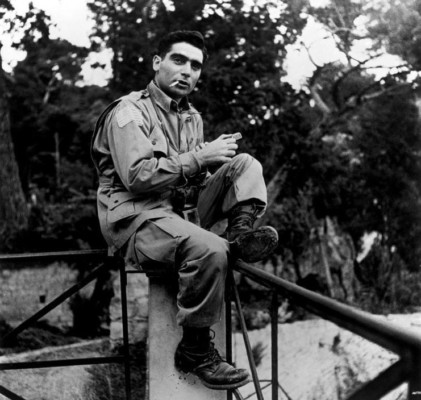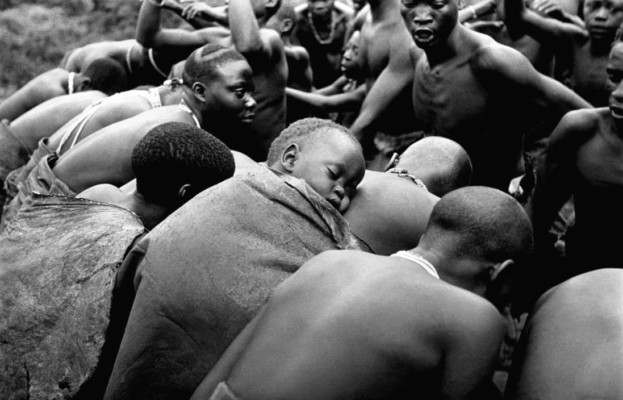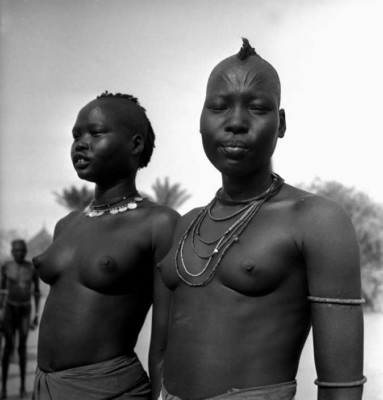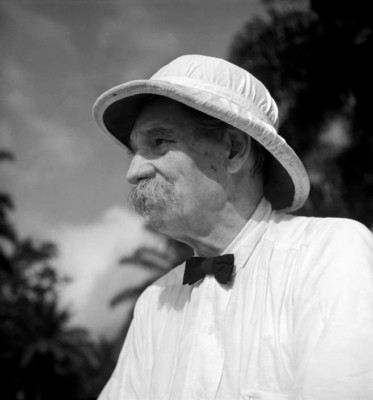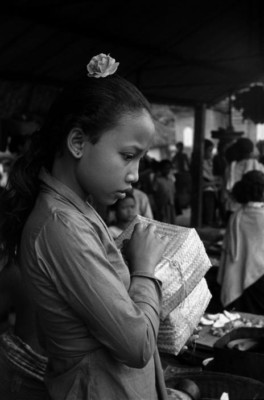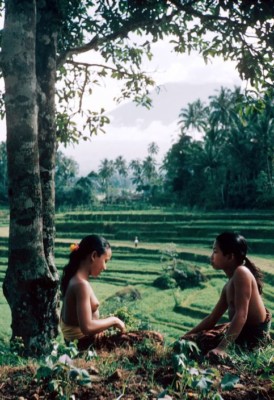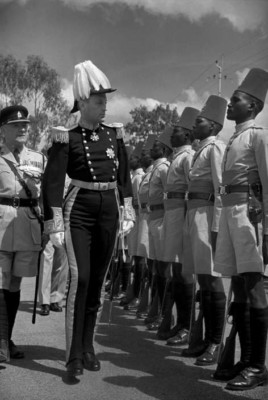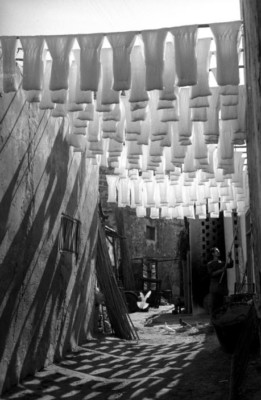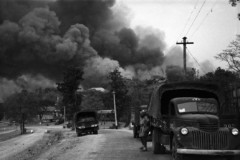'The Blitz' is a unique record of life in England during 1940 by one of Magnum's founding members
"You must feel an affinity for what you are photographing. You must be part of it, and yet remain sufficiently detached to see it objectively. Like watching from the audience a play you already know by heart."
- George Rodger
Born in Cheshire in 1908, George Rodger served in the British Merchant Navy. After a short spell in America, he worked as a photographer for the BBC’s The Listener magazine, followed in 1938 by a brief stint working for the Black Star Agency.
His pictures of the London blitz brought him to the attention of Life magazine, and he became a war correspondent. He won 18 campaign medals covering Free French activities in West Africa and went on to document the war front in Eritrea, Abyssinia and the Western Desert. He traveled to Iran, Burma, North Africa, Sicily and Salerno, Italy, where he met and befriended Robert Capa.
Having covered the liberation of France, Belgium and Holland, Rodger was the first photographer to enter Bergen-Belsen concentration camp in April 1945. In May, he photographed the German surrender at Lüneburg for Time and Life. Traumatized by the experience of looking for “nice compositions” in front of the dead, Rodger embarked on a 28,000-mile journey all over Africa and the Middle East, focusing on animal life, rituals, and ways of life that exist in a close relationship with nature.
In 1947, Rodger was invited to join Robert Capa, Henri Cartier-Bresson, David “Chim” Seymour and William Vandivert in founding Magnum. His next major trip was a Cape-to-Cairo trans-Africa journey, during which he made extraordinary pictures of the Kordofan Nuba tribe which first appeared in National Geographic in 1951. Africa remained a preoccupation for him for over 30 years.
Enormously successful during his lifetime, George Rodger died in Kent on July 24, 1995.








